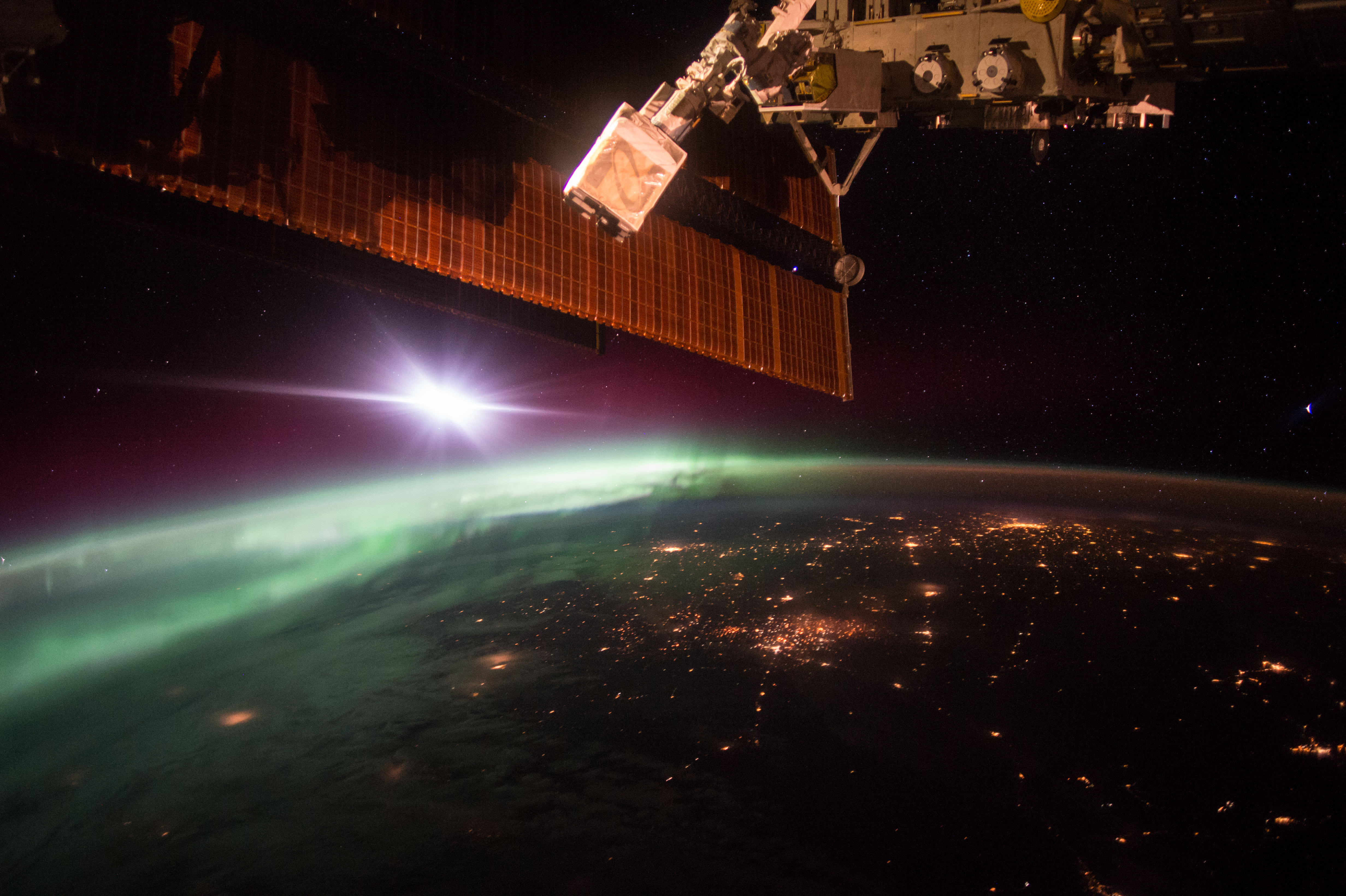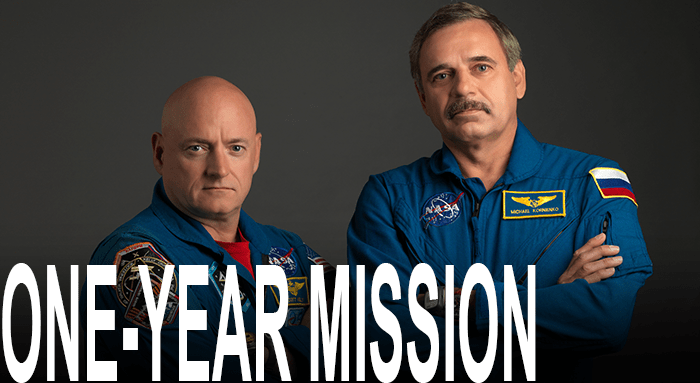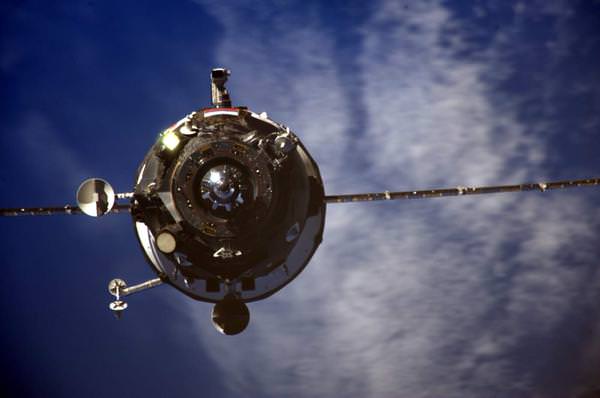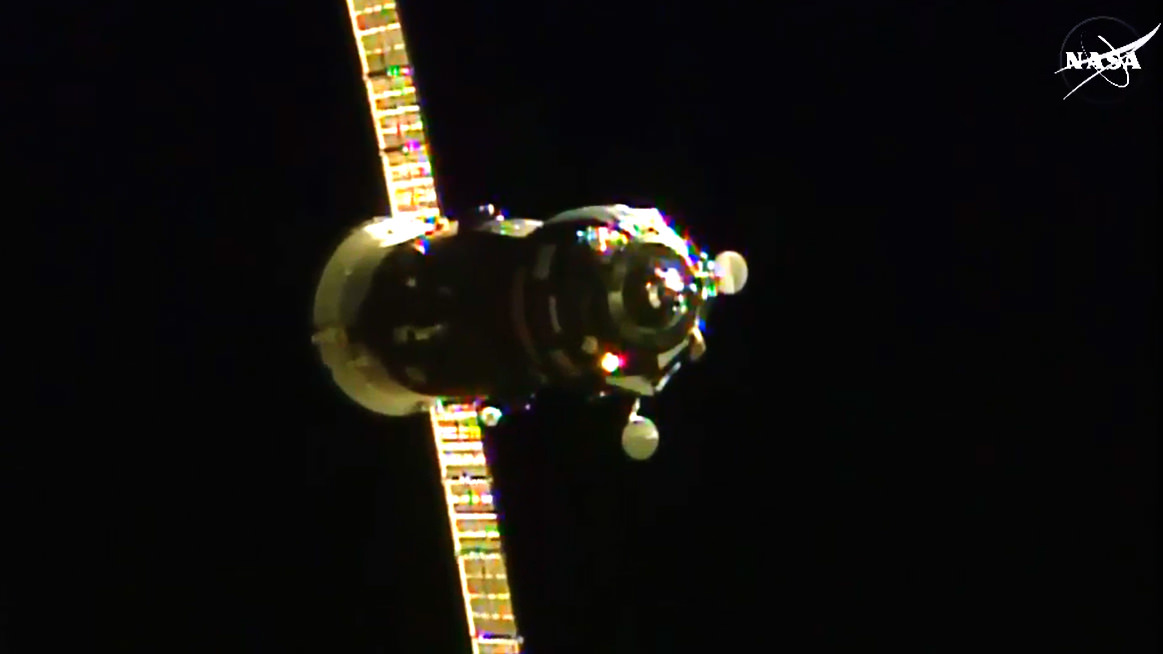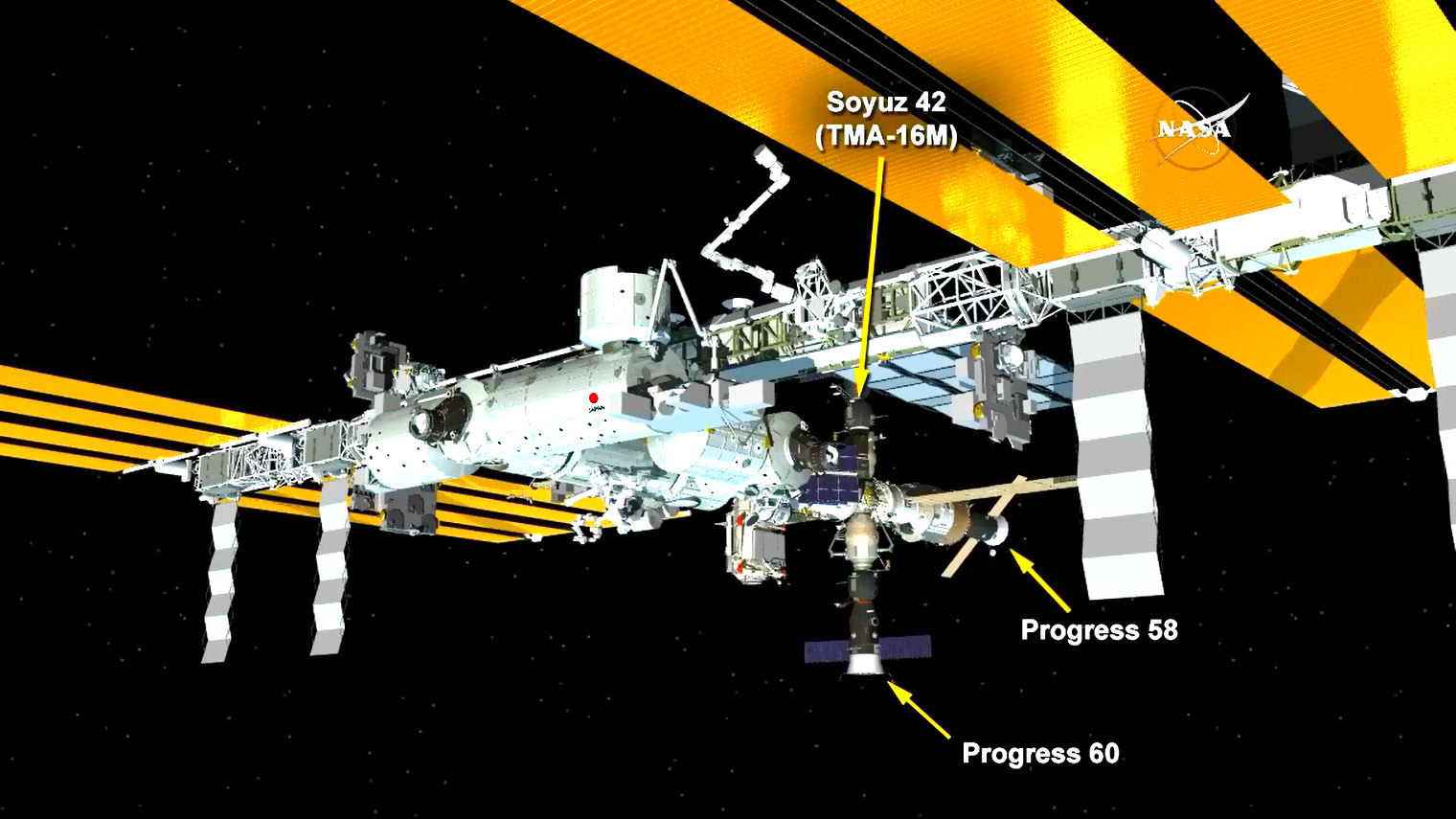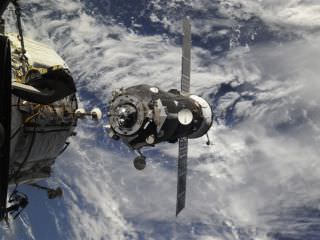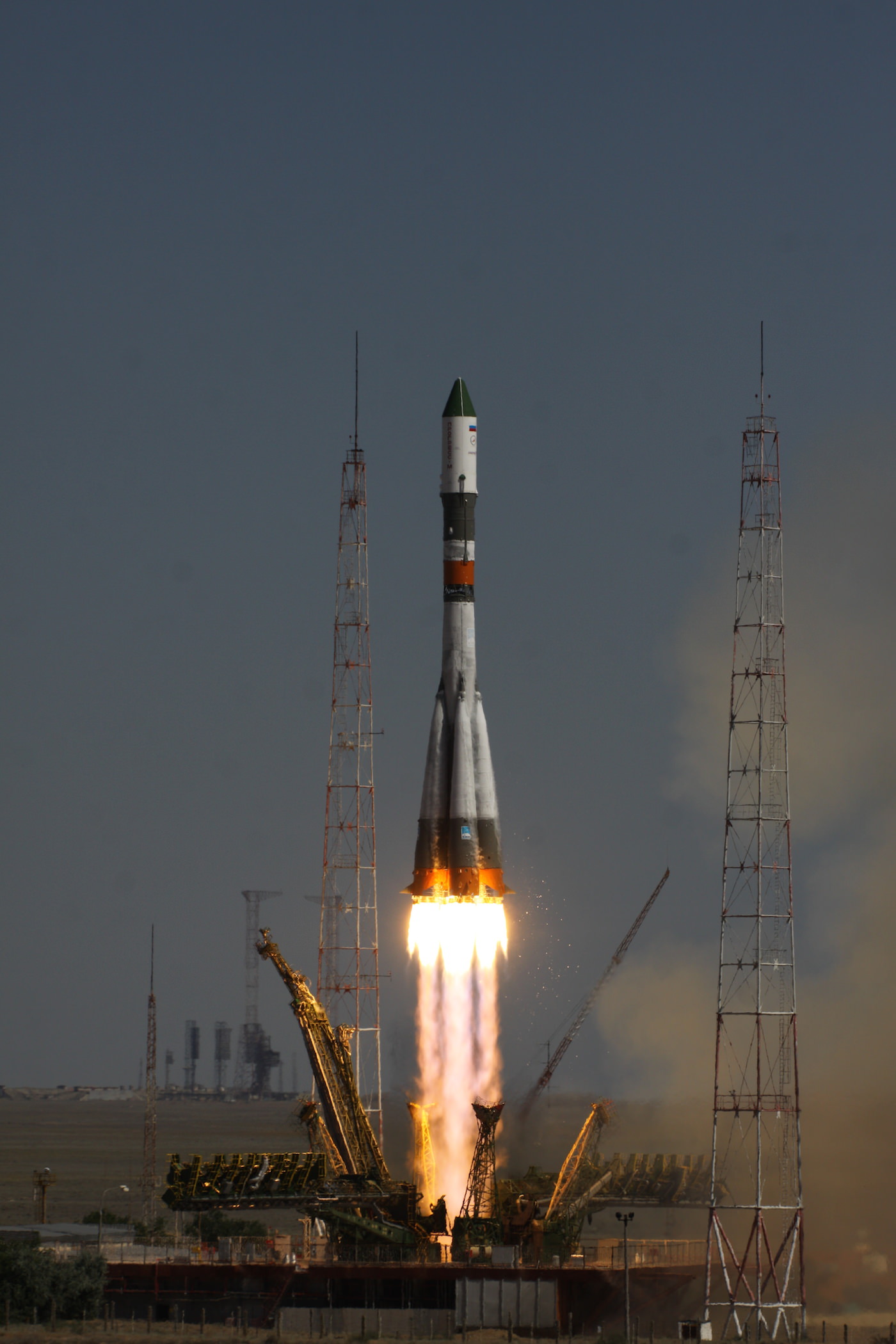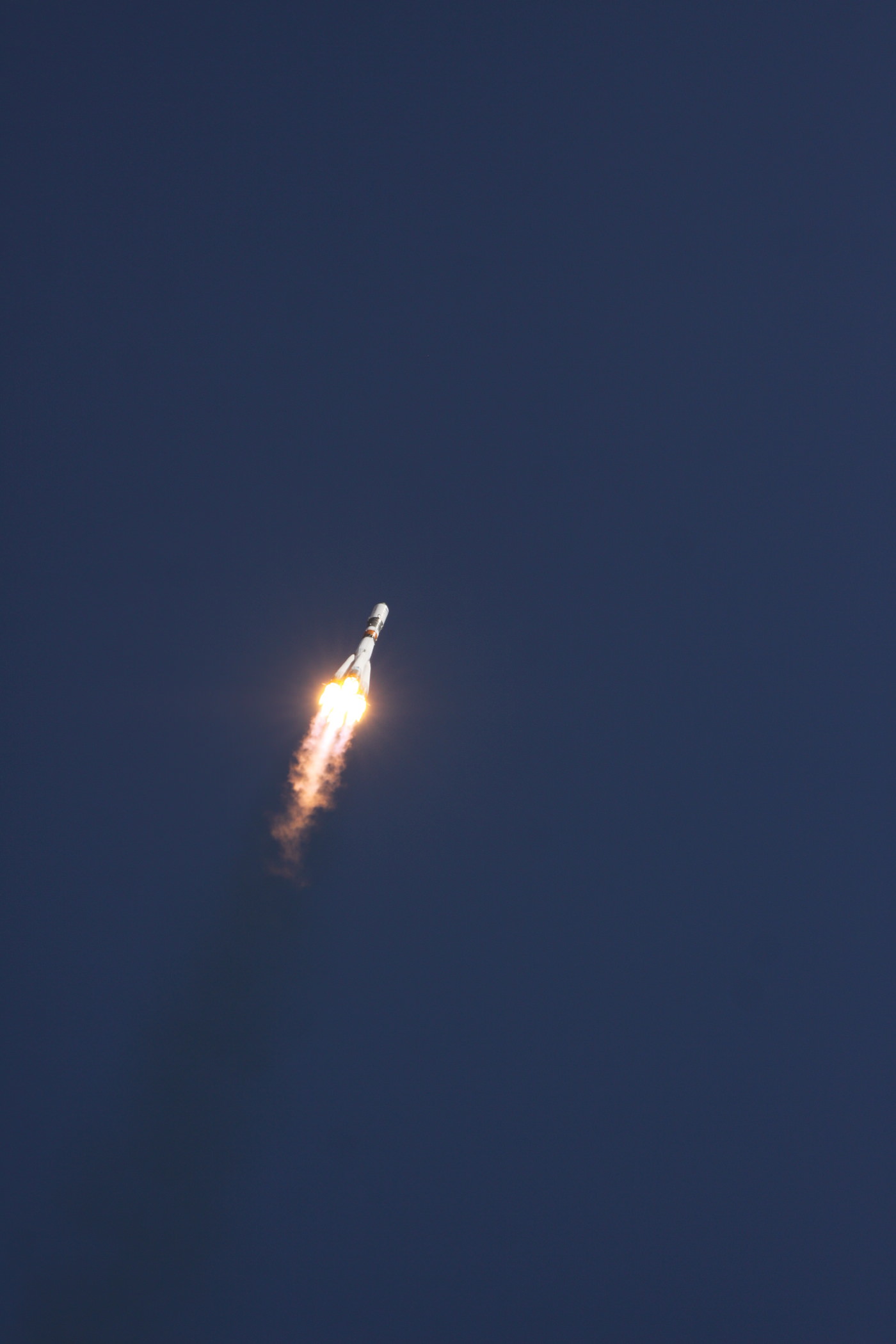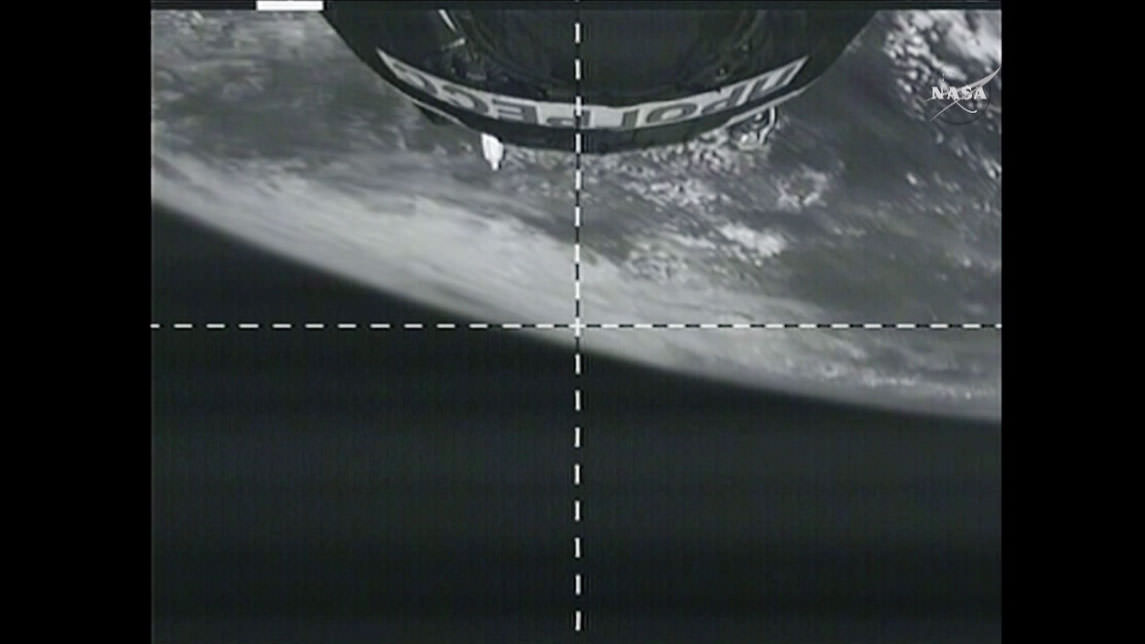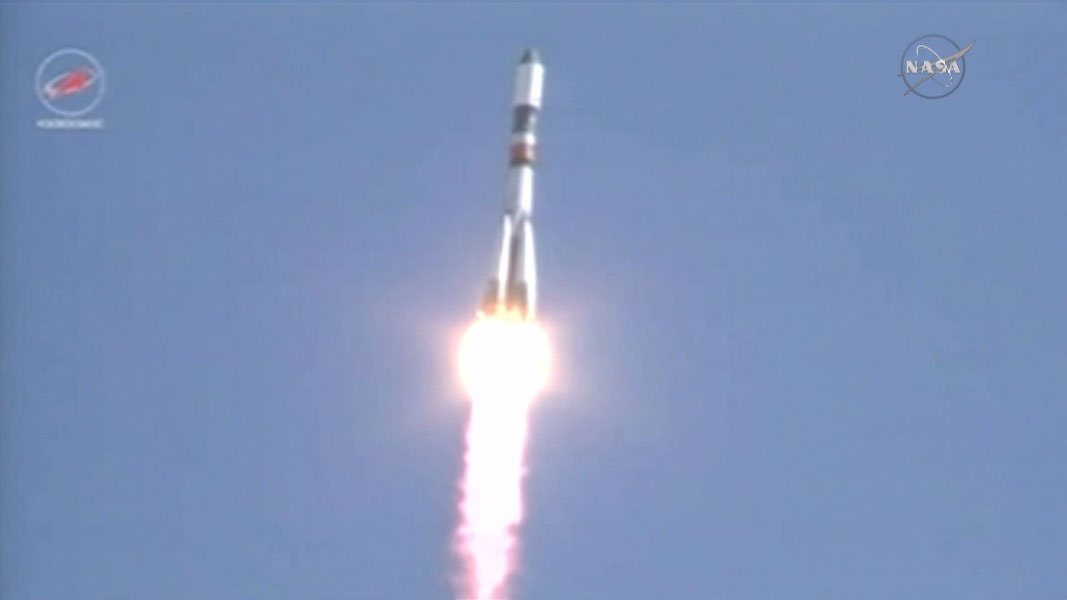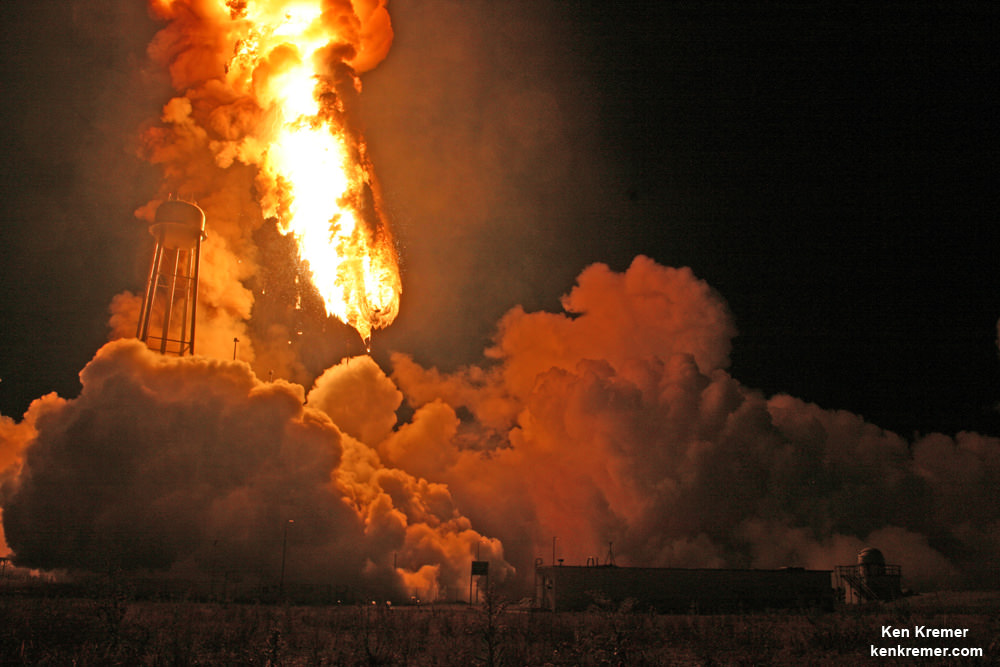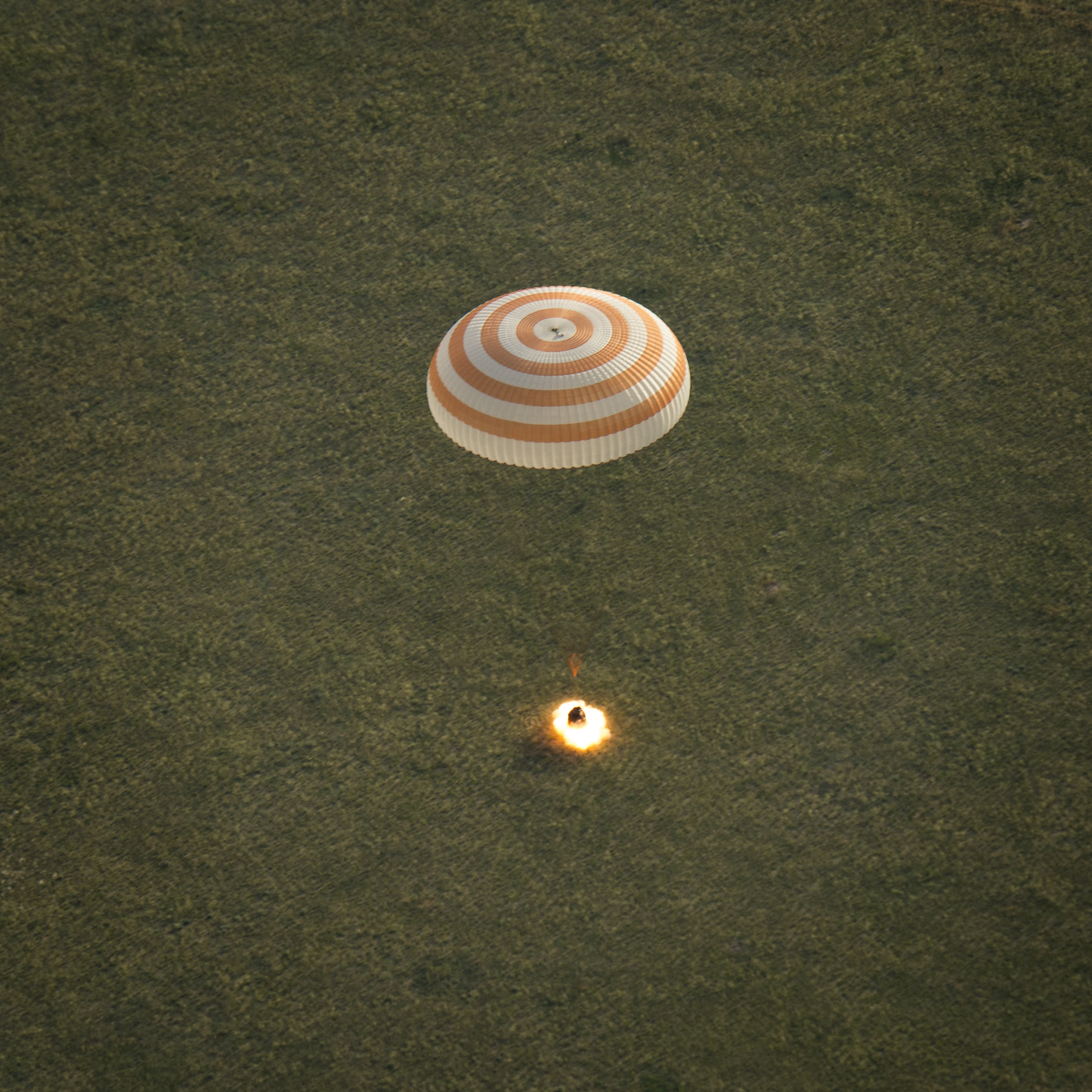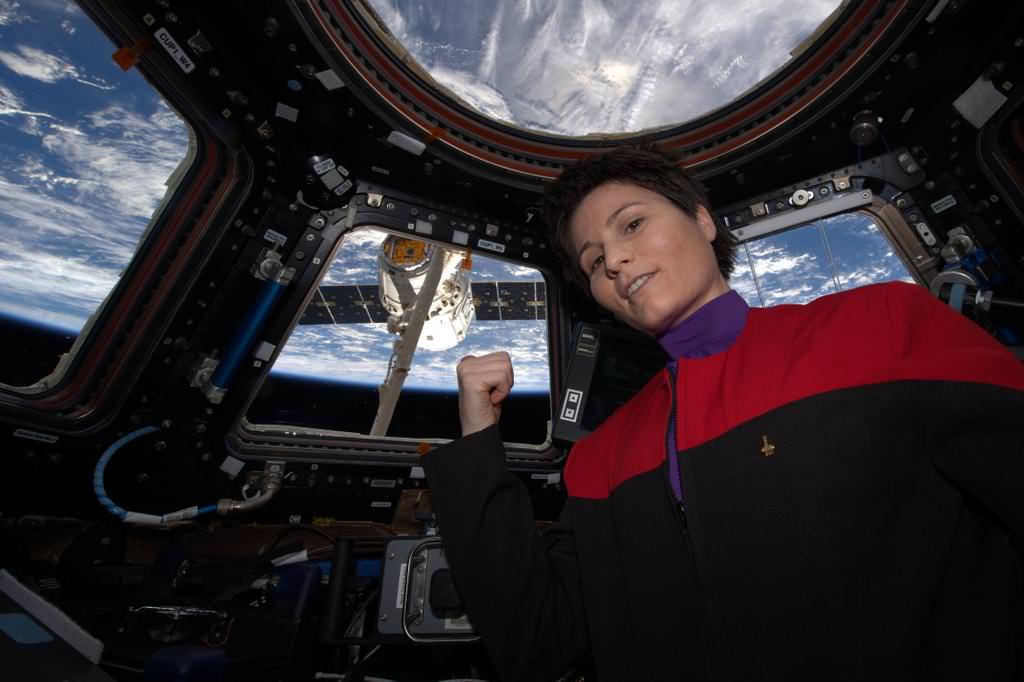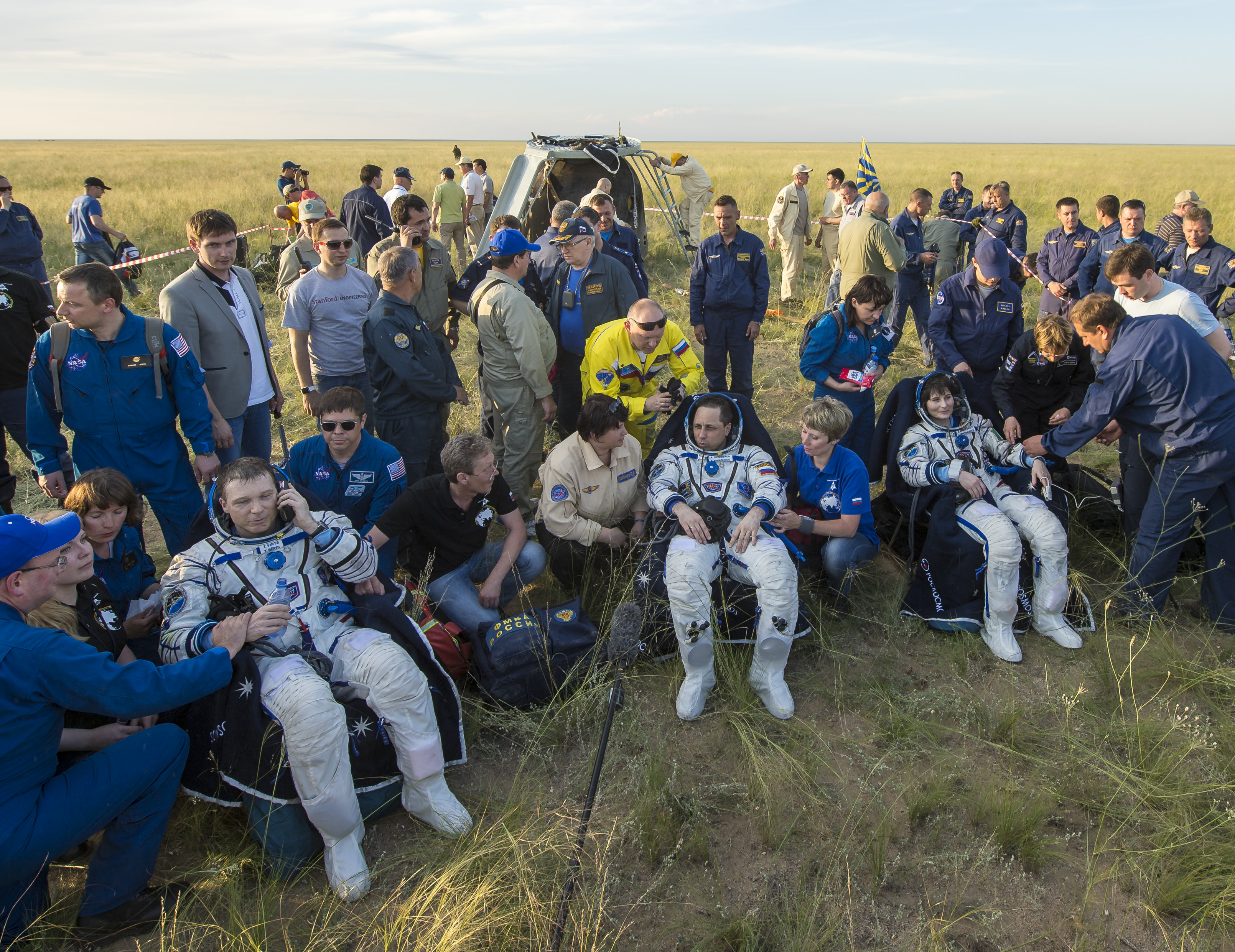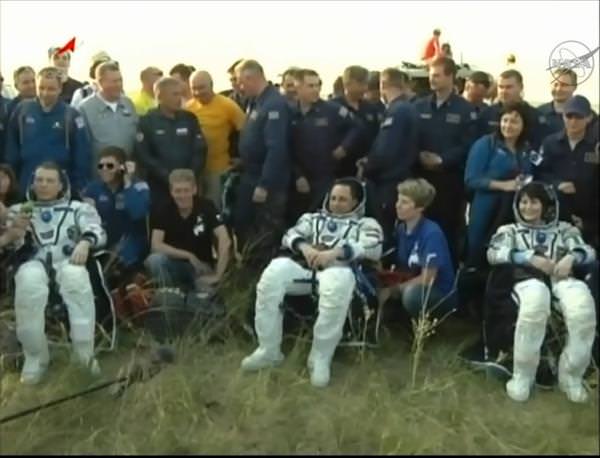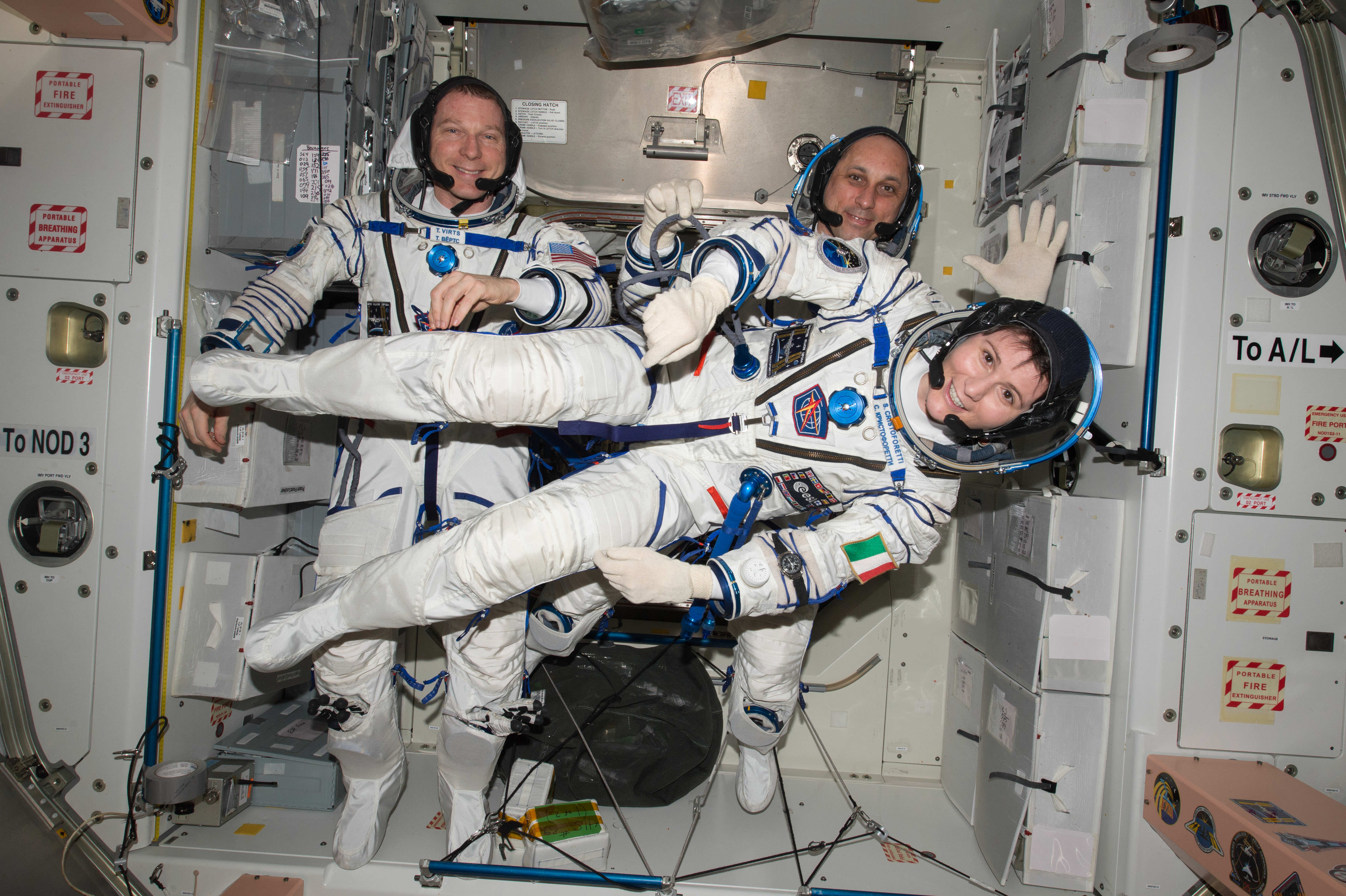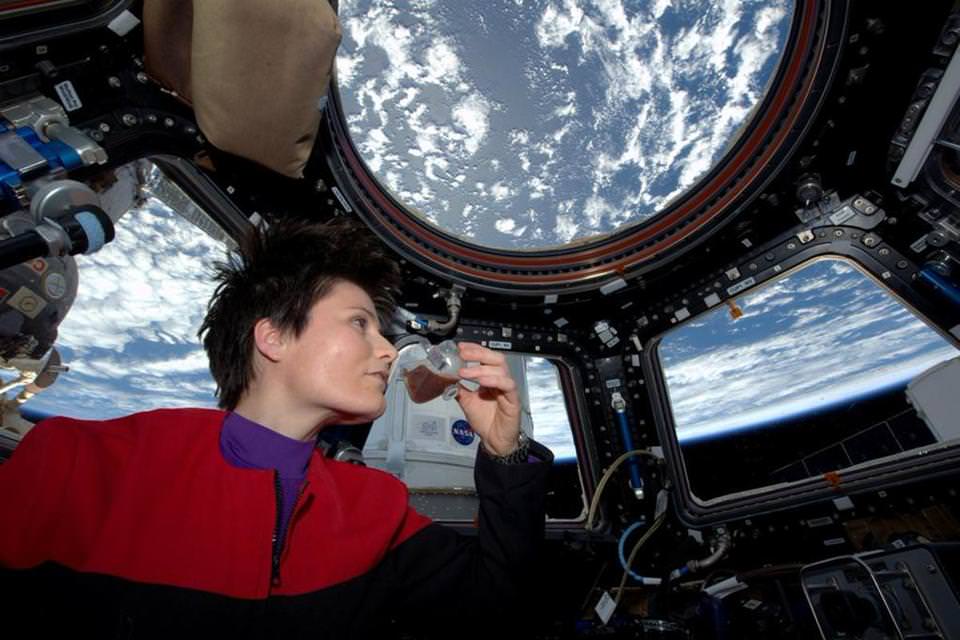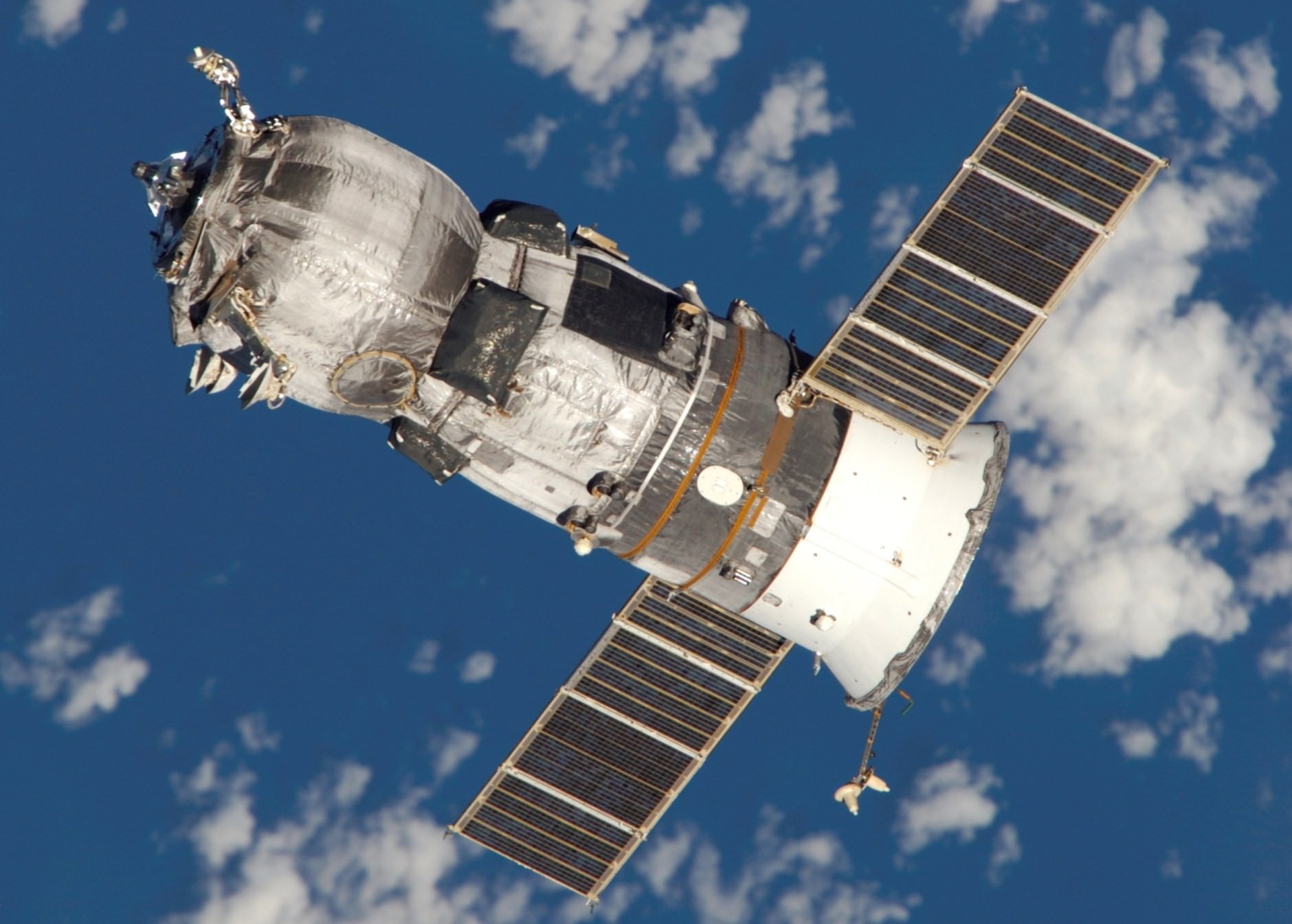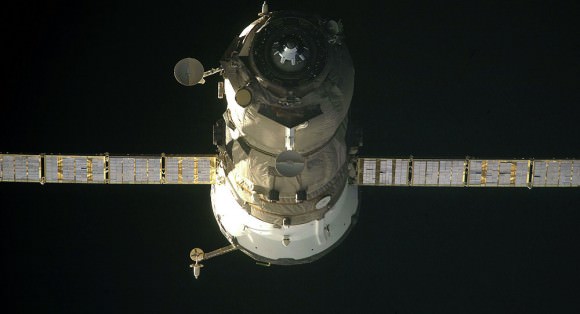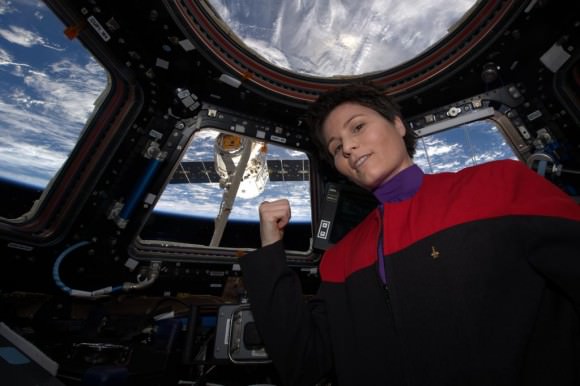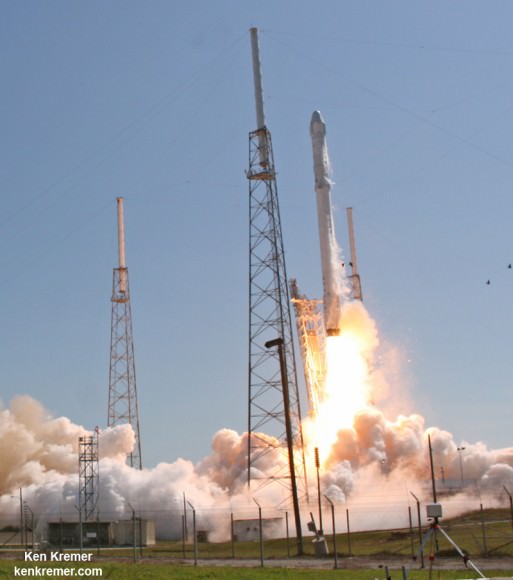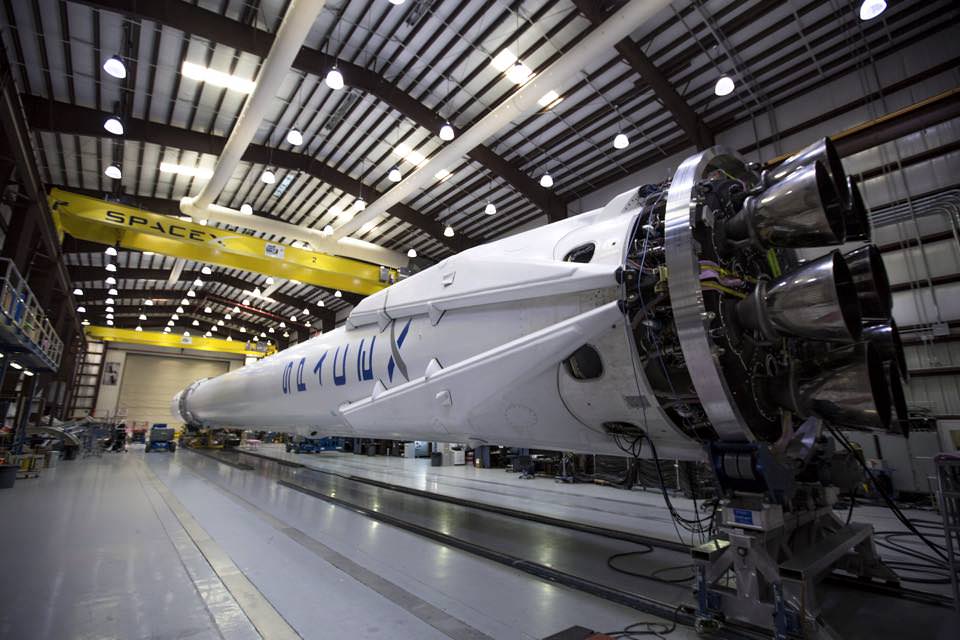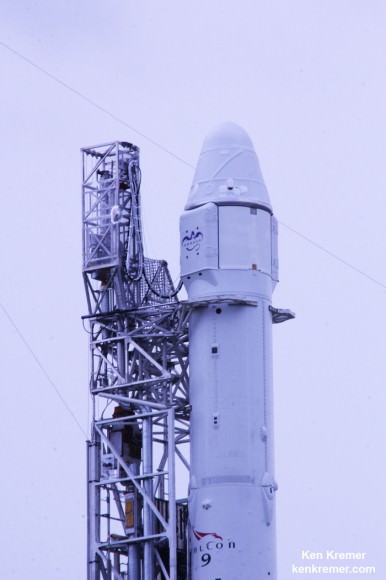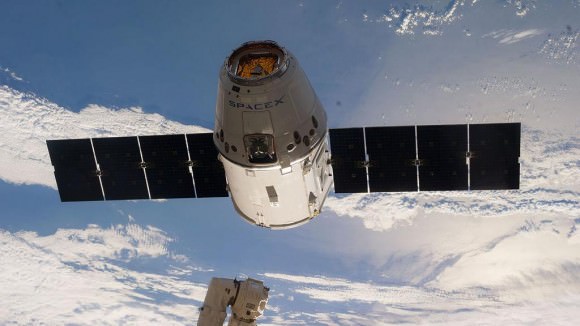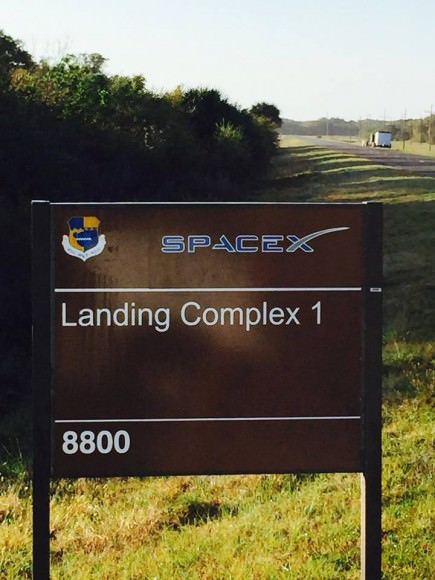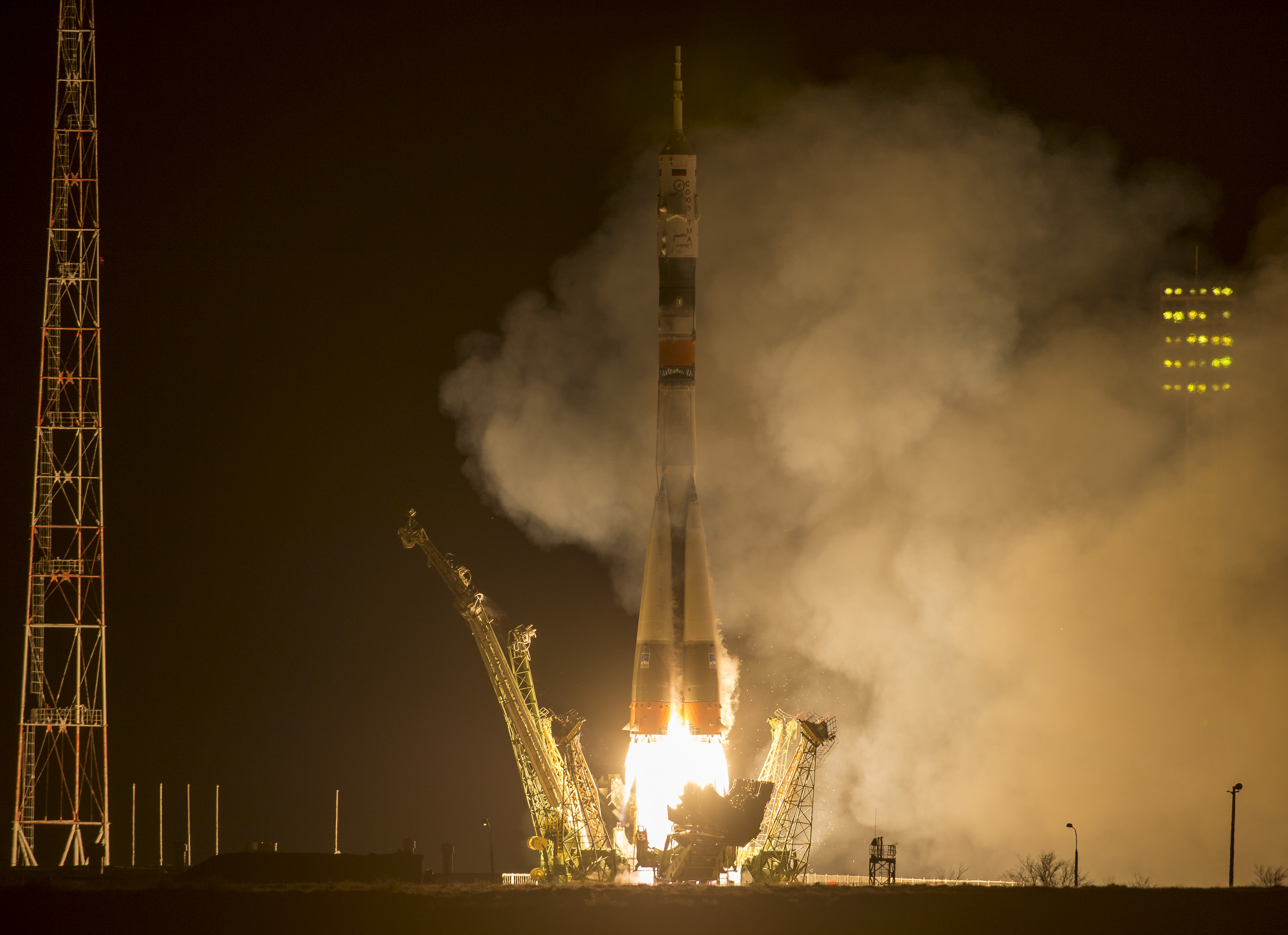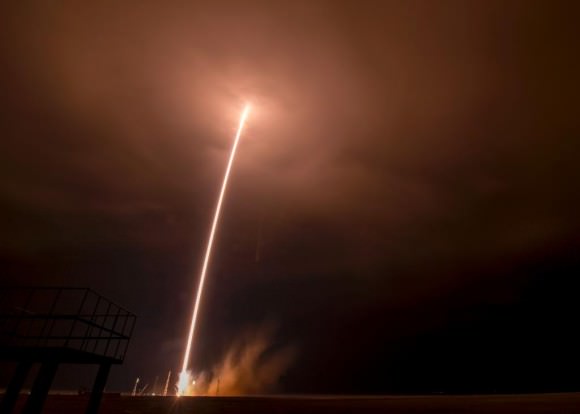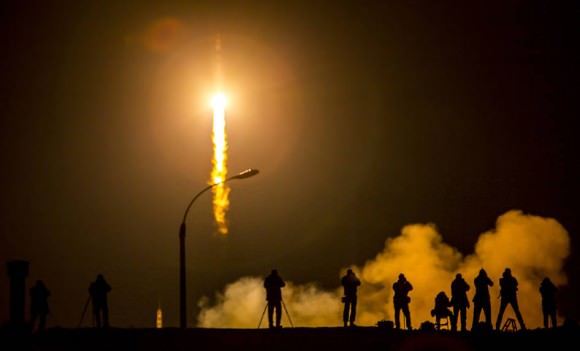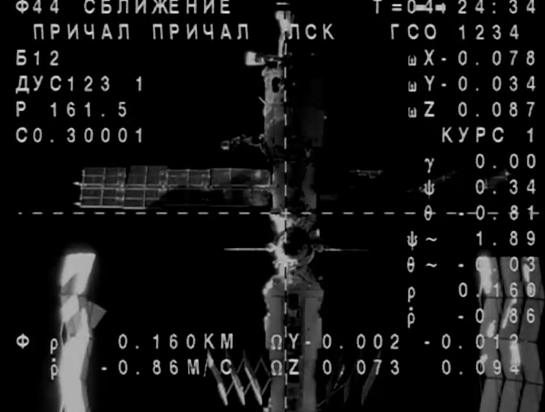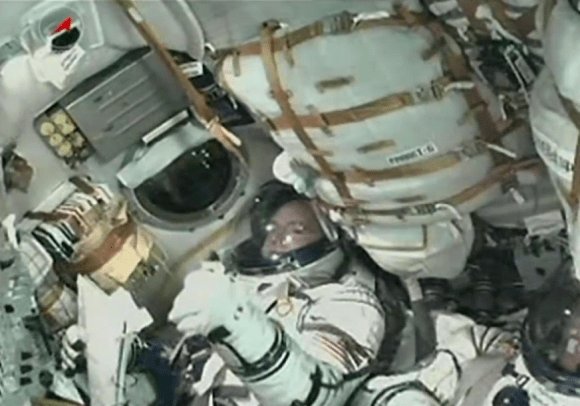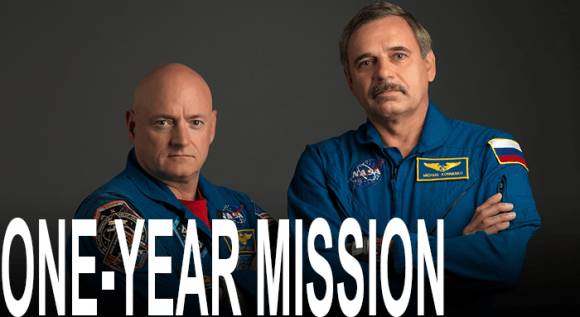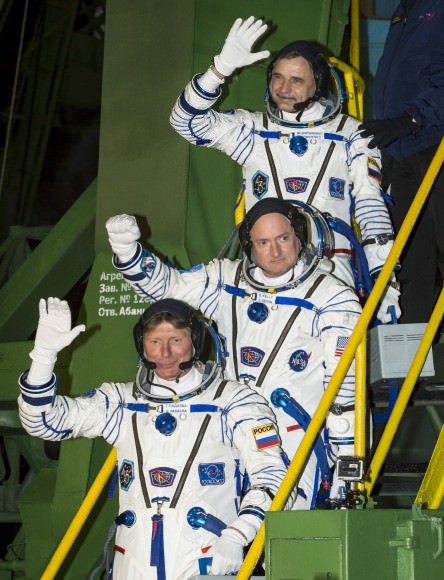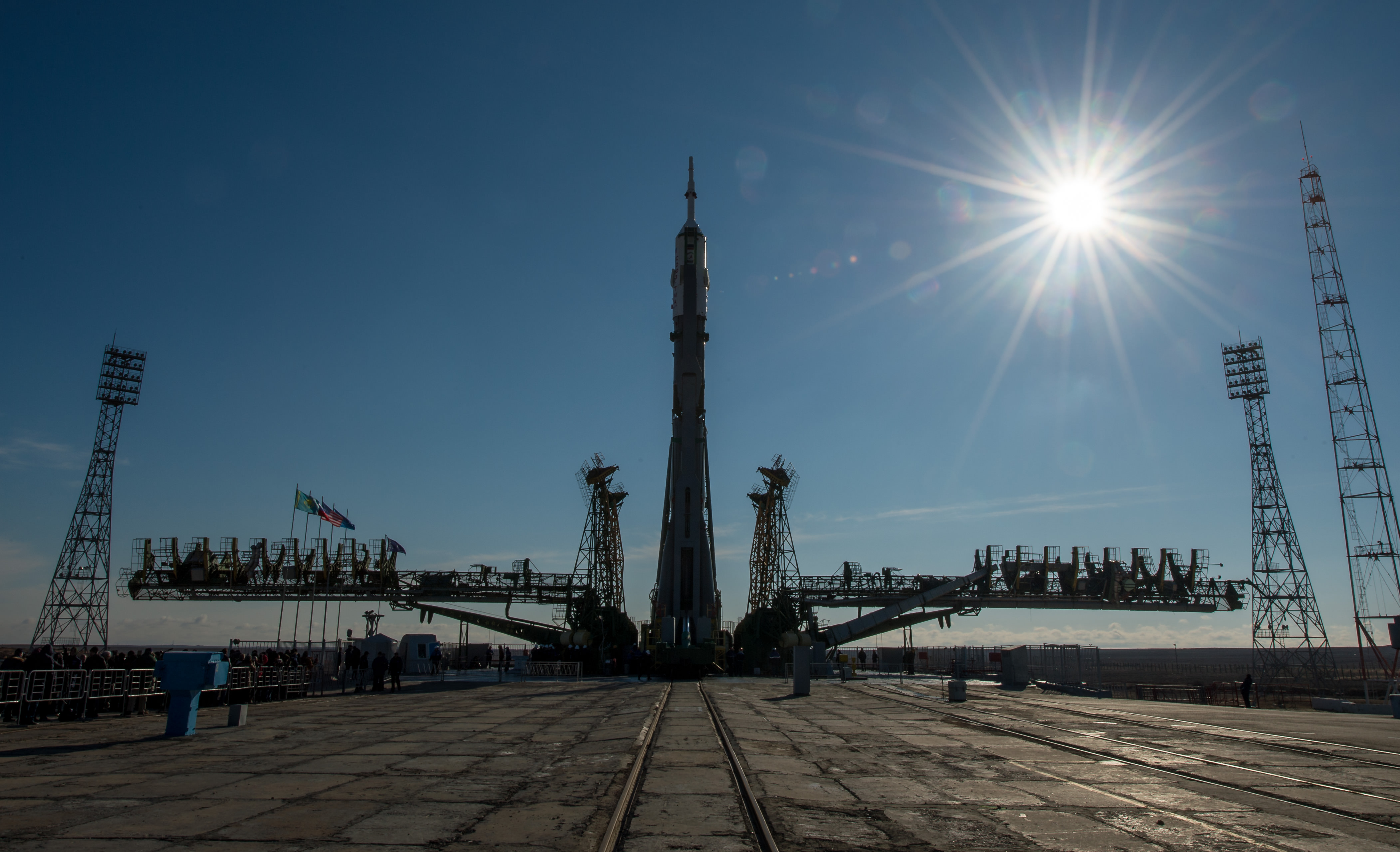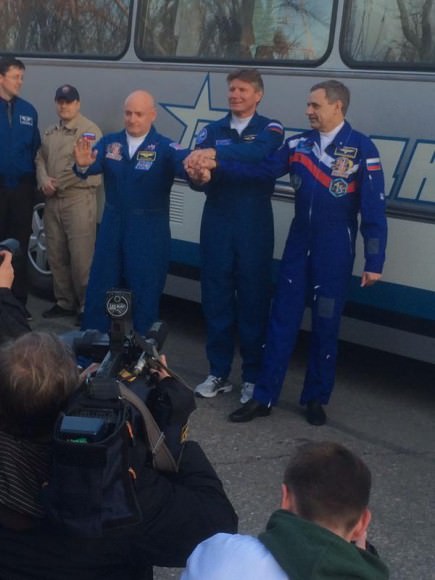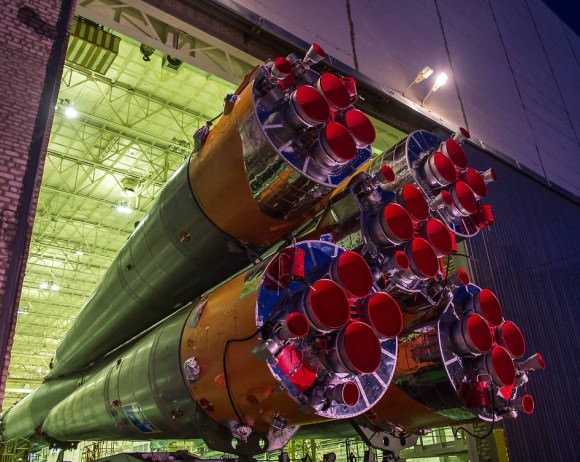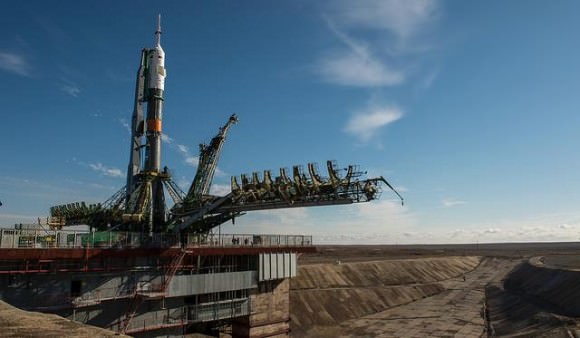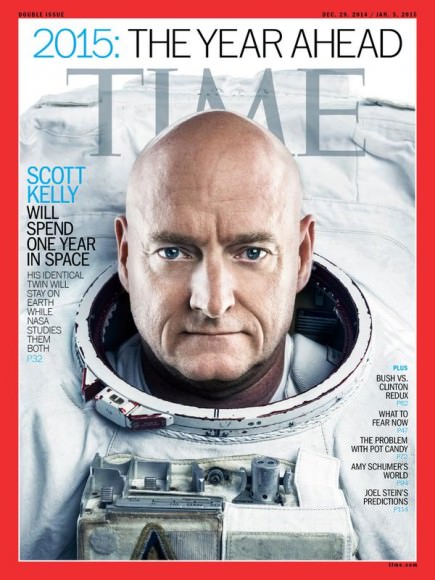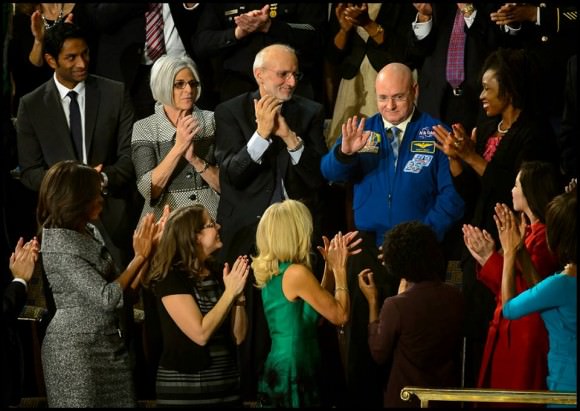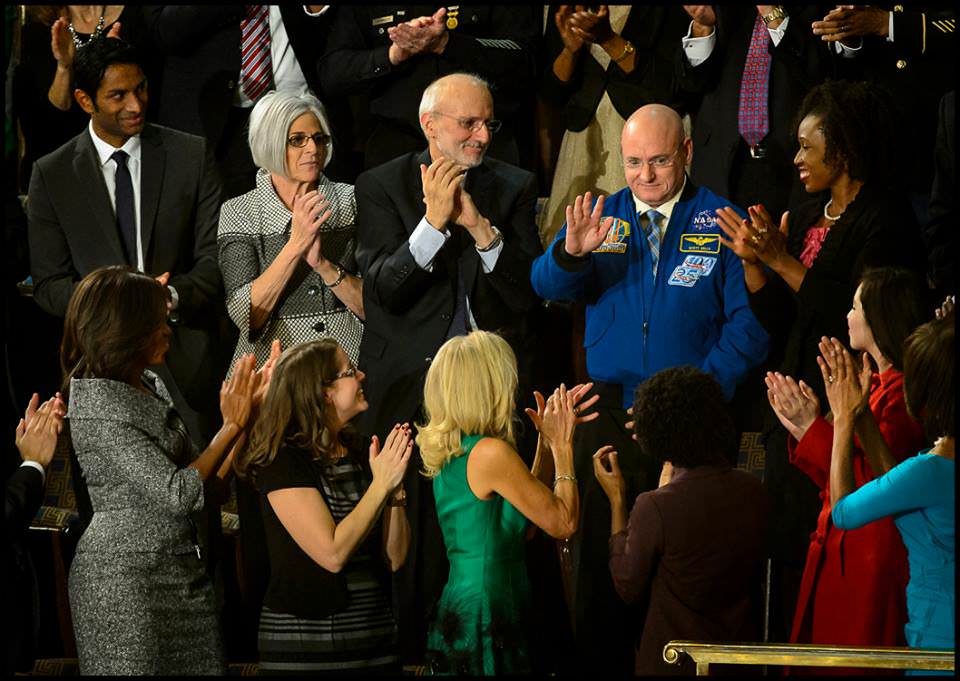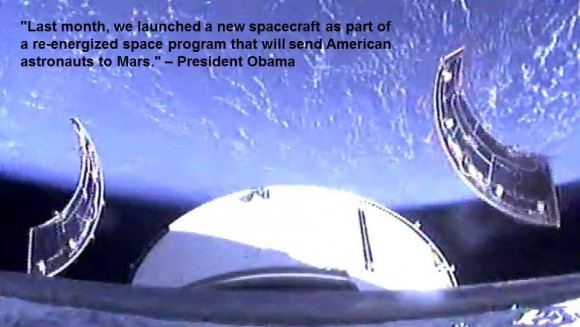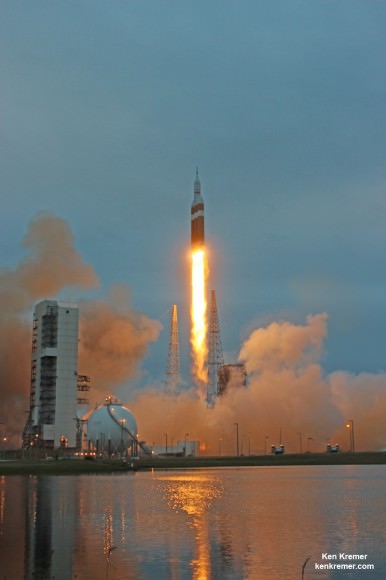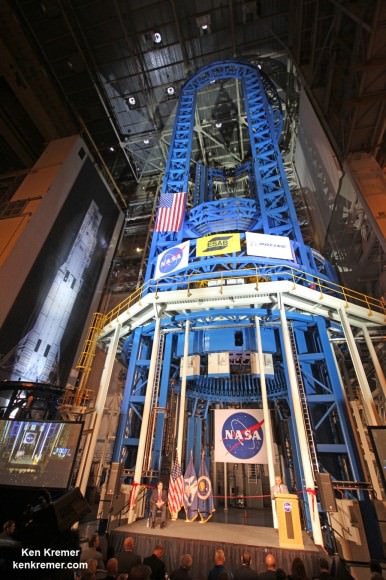Video Caption: See NASA astronaut Scott Kelly’s extraterrestrial exploits as he breaks US record for time in space in this music video set to the song ‘Speed of Sound’ by Coldplay. Credit: NASA/Coldplay
NASA astronaut Scott Kelly has just broken the American record for most time spent in space – at 383 days and counting – as part of his groundbreaking yearlong mission living aboard the International Space Station (ISS), where he currently serves as station commander.
See Kelly break the US spaceflight endurance record on the ISS at the “SPEED OF SOUND” in the beautifully space themed music video (above) set to the worldwide hit song by rock band Coldplay.
The video recounts a flurry of highlights from the yearlong space station mission with his partner, Russian cosmonaut Mikahail Kornienko, and the rest of the rotating cast of international crewmates.
On October 16, 2015, Kelly surpassed the US time in space record of 382 days previously held by NASA astronaut Mike Fincke.
The ‘1 Year ISS mission’ is aimed at conducting research to explore the impact of long term stays in space on the human body and aid NASA’s long term plans for a human ‘Journey to Mars’ in the 2030s.
“Records are meant to be broken. Look fwd to one of my colleagues surpassing my end 500+ days on our #JourneyToMars!’ Kelly tweeted from the ISS about his record breaking achievement.
As of today, October 20, Kelly has reached the 206 day mark aboard the ISS, of his planned 342 days in space. He’s now about a month past the half way mark.
In addition to his scientific research, Kelly has been a prolific photographer of all things space – including natural wonders and natural disasters like Hurricane Joaquin.
Here’s his newly released photo titled ‘Earth Art From Australia.’
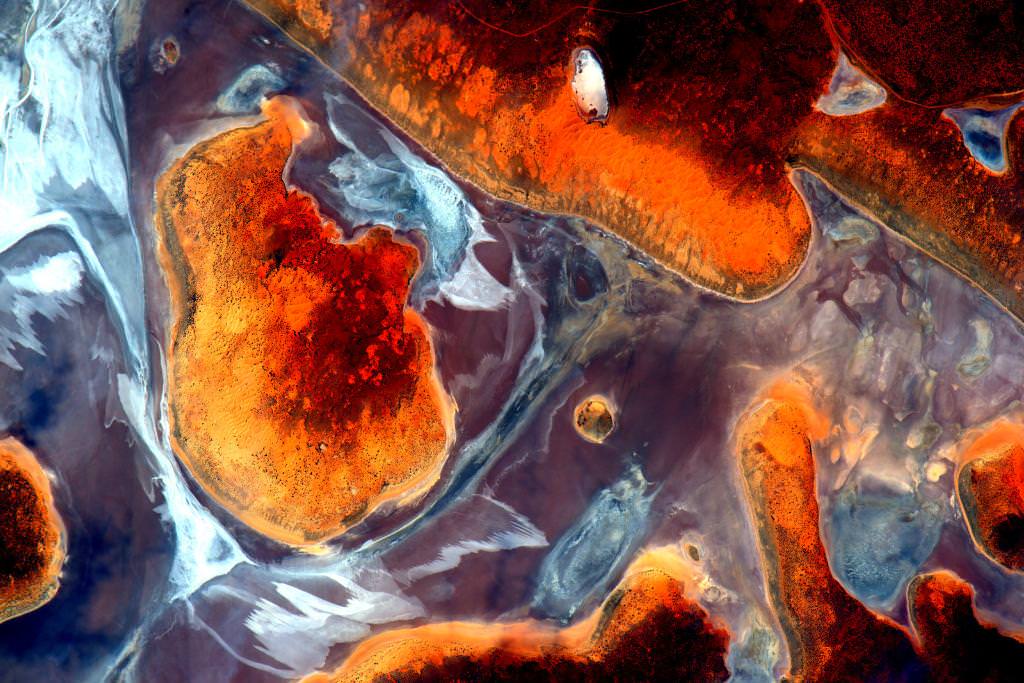
See the NASA graphic herein showing the US astronauts who have accumulated the most spaceflight experience to date.
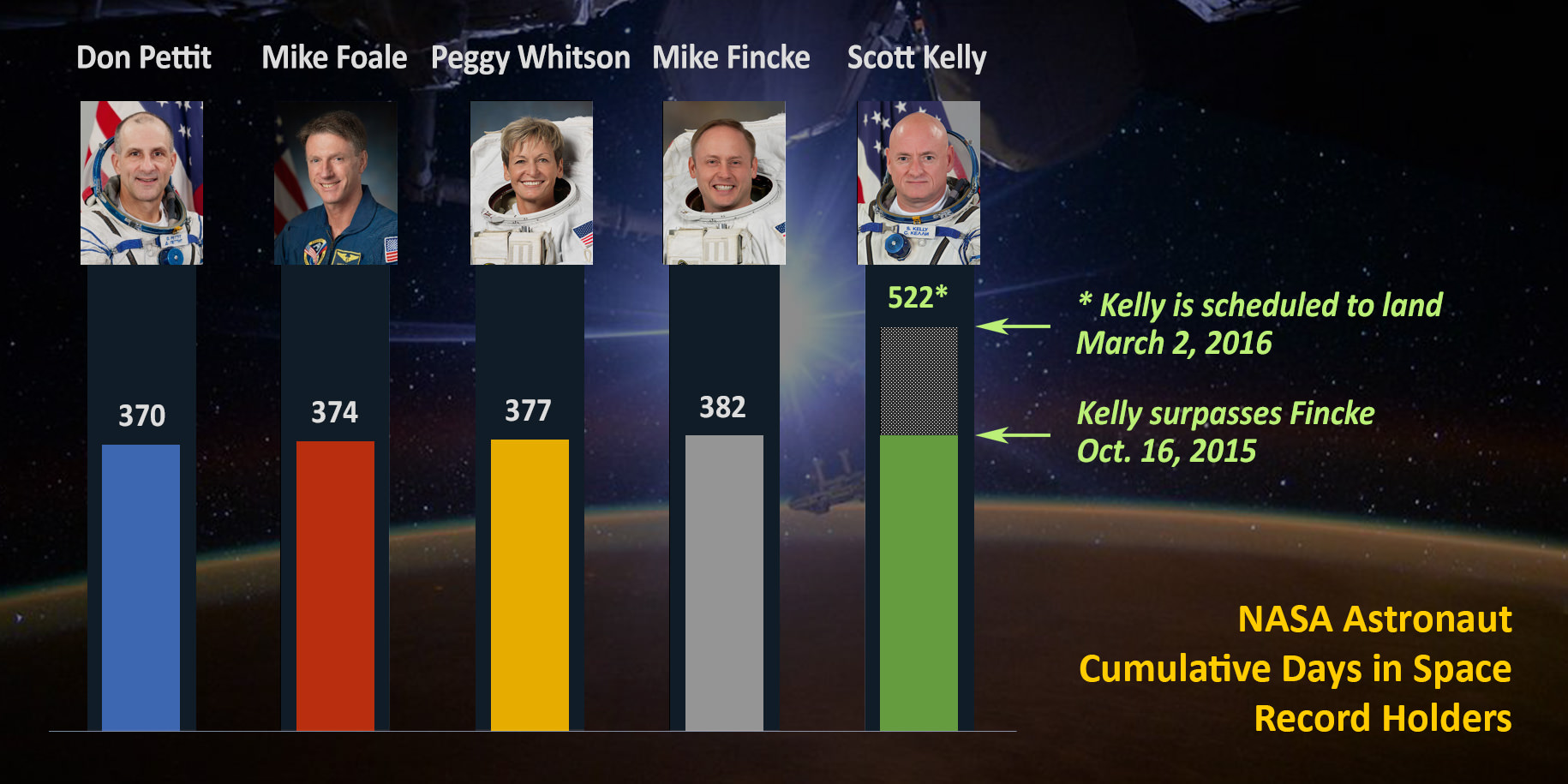
Kelly accumulated his time in space during multiple spaceflights. Altogether this is his fourth mission and second long duration stay aboard the ISS. This flight also marks his second stint as station commander – as a member of the current Expedition 45 crew.
To be sure, Kelly is not merely passing Fincke’s record days but actually smashing through it by many months because he still has a long way to go until he returns home to Earth.
At the conclusion of his yearlong mission when he plummets back home in a Russian Soyuz capsule – along with Kornienko – on March 2, 2016, he will have compiled 522 total days living in space.
Kelly will also become the first American to spend a year in space, a feat previously achieved by only four Russian cosmonauts – all in the 1980s and 1990s aboard Russia’s Mir space station.
Next week on Thursday, Oct. 29, Kelly will break another American record for the single-longest spaceflight.
“On Oct. 29 on his 216th consecutive day in space, he will surpass astronaut Michael Lopez-Alegria’s record for the single-longest spaceflight by an American. Lopez-Alegria spent 215 days in space as commander of the Expedition 14 crew in 2006.”
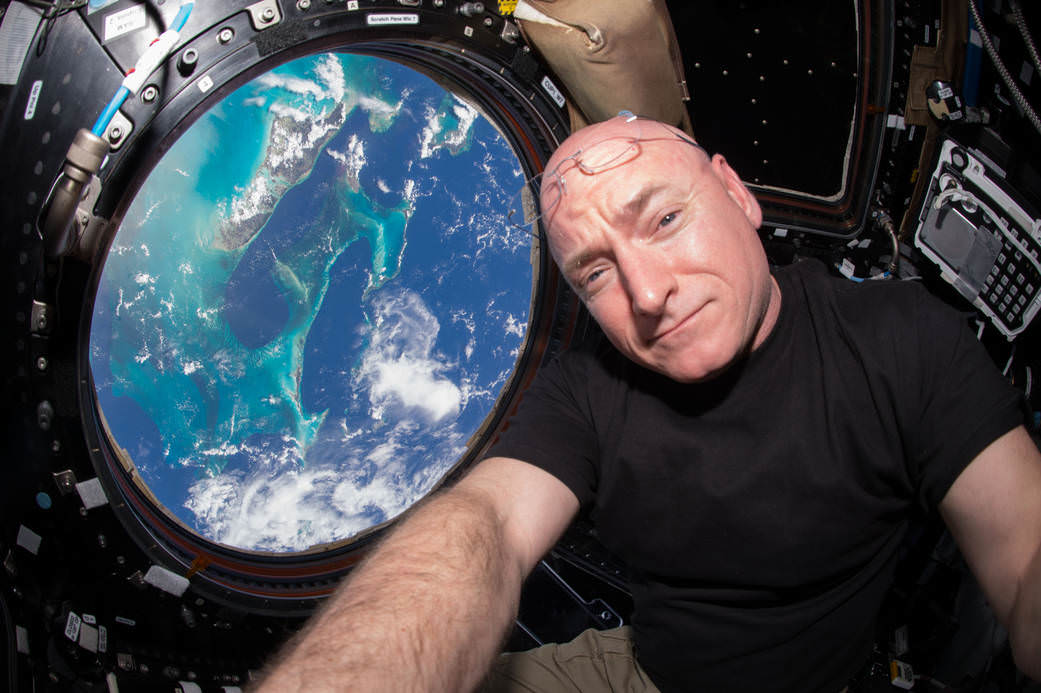
Kelly and Kornienko are spending a year aboard the ISS, “testing the limits of human research, space exploration and the human spirit,” says NASA officials.
The pair launched to the ISS in March 2015 along with Russian cosmonaut Gennady Padalka. He recently returned to Earth in September 2015 after setting the record for most time spent in space by any Earthling – with an accumulated total of 879 days living and working in space.
During their 342 days in space, Kelly and Kornienko are specifically “participating in studies in space that provide new insights into how the human body adjusts to weightlessness, isolation, radiation and stress of long-duration spaceflight. Kelly’s twin brother, former astronaut Mark Kelly, will participate in parallel twin studies on Earth to help scientists compare the effects on the body and mind in space.”
“The investigations in progress on the space station will help scientists better understand how to protect astronauts as they travel into deep space and eventually on missions to the Red Planet. The strong U.S.-Russian collaboration during the one-year mission is an example of the global cooperation aboard the space station that is a blueprint for international partnerships to advance shared goals in space exploration. Strengthening international partnerships will be key in taking humans deeper into the solar system,” according to NASA.

Kelly and the crew are also surely looking forward to the arrival of the Orbital ATK resupply ship carrying science experiments, provisions, spare parts, food and other goodies after it blasts off from Florida on Dec. 3 – detailed in my story here.
Stay tuned here for Ken’s continuing Earth and planetary science and human spaceflight news.
Ken Kremer
